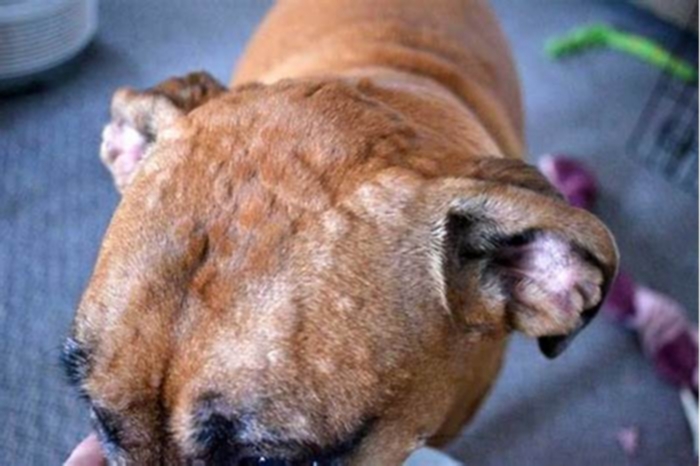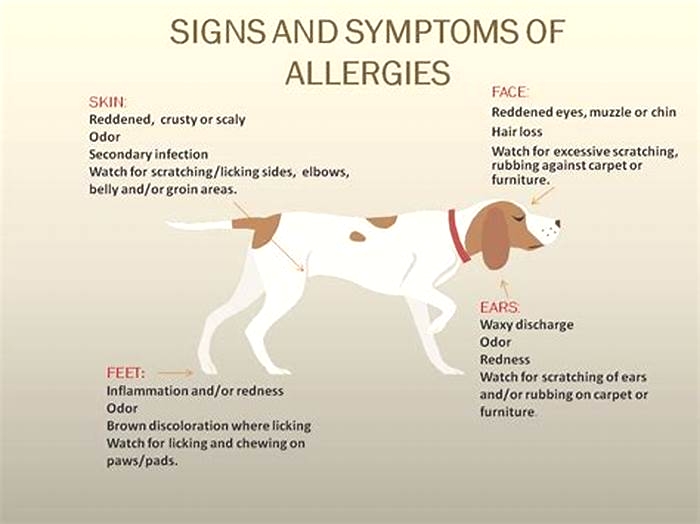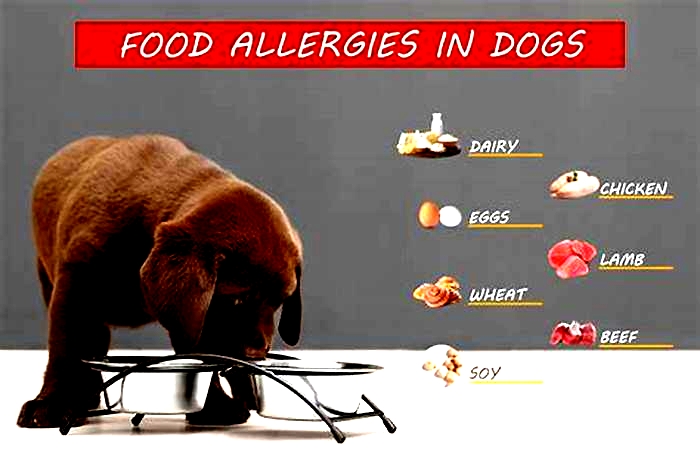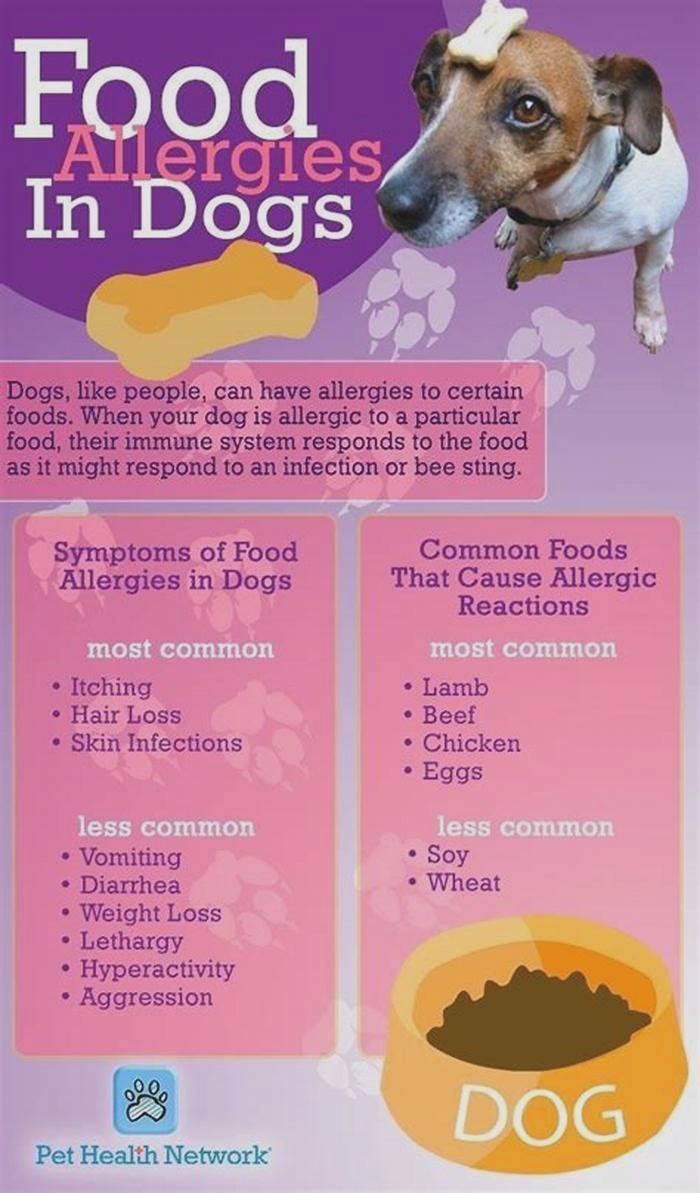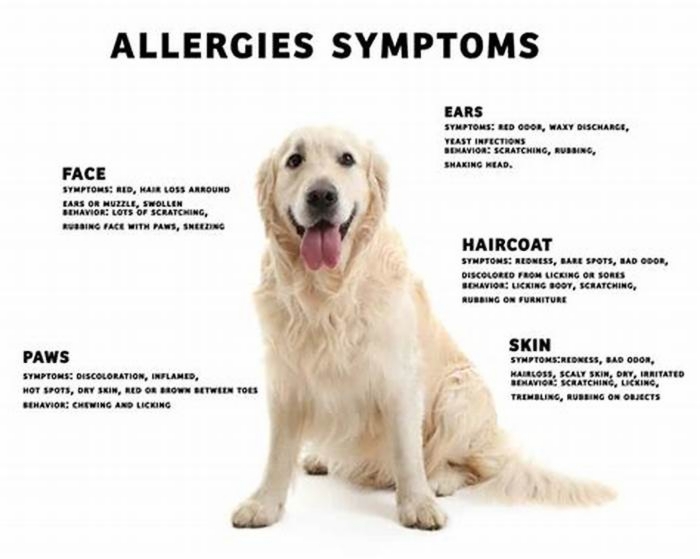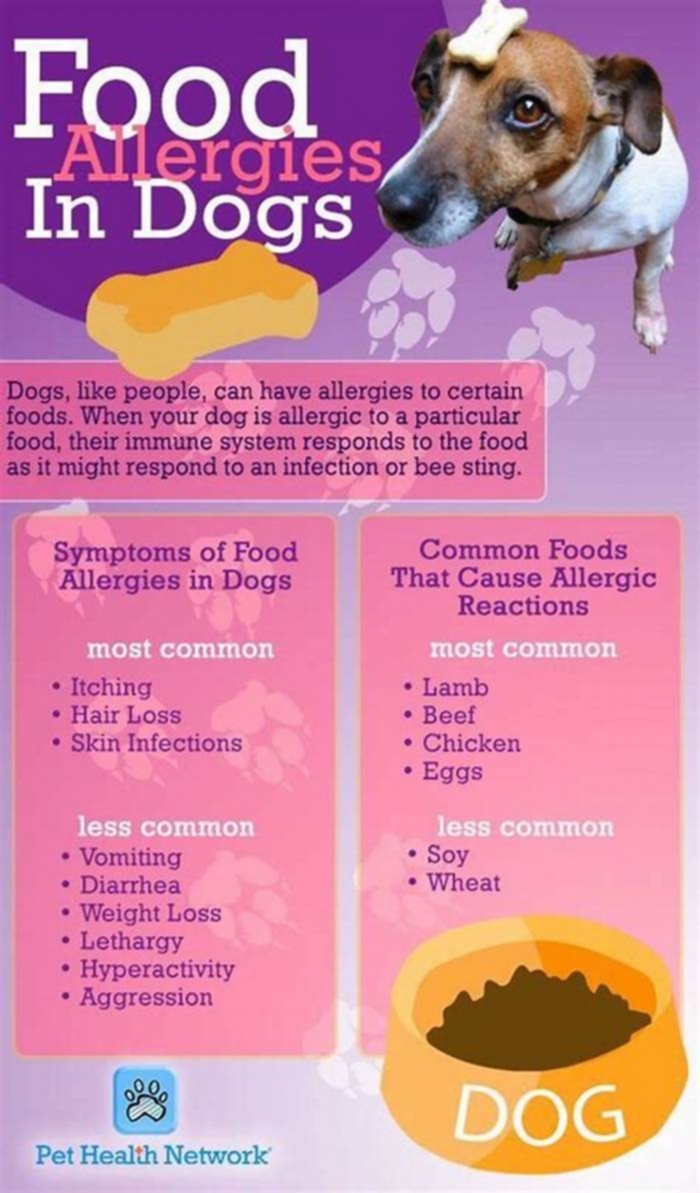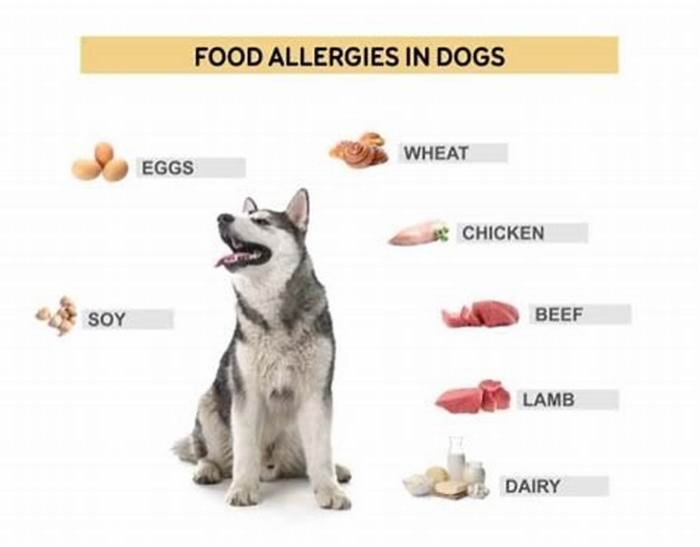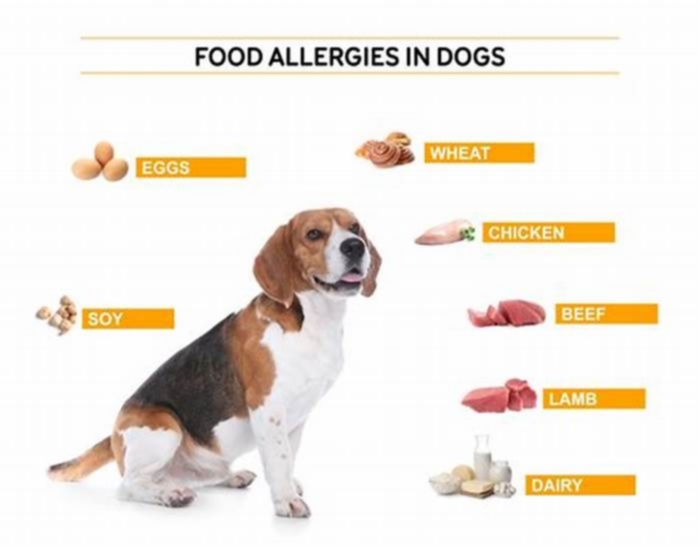Can dogs get hives from food
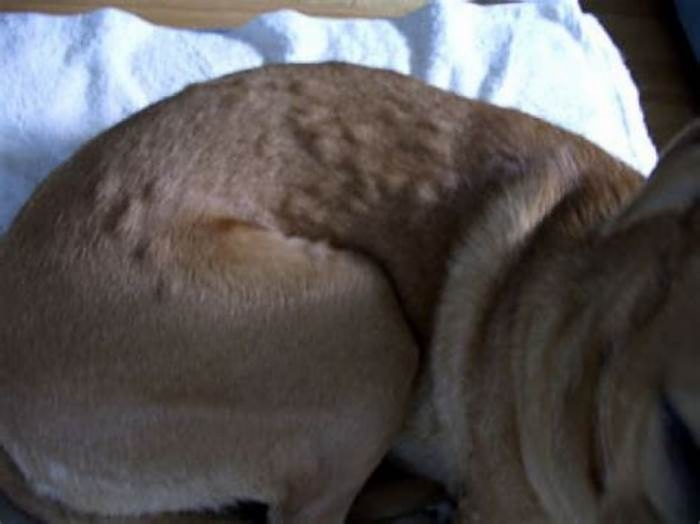
Dog Hives (Urticaria | welts): Causes, Diagnosis & Treatment
What Are Dog Hives (Urticaria)?
Hives, otherwise known as urticaria by medical professionals, are one abnormality you may see. They occur when your dog is allergic to something, such as an insect, medication, or food. Recognizing hives in dogs and understanding the cause is essential to relieving your dogs discomfort and preventing dog hives in the future.
What do dog hives look like?
- Dog hives look like raised bumps on the skin, usually about the size of a nickel.
- Hives are usually red in color; however, you may not notice redness if they are on a very furry part of your dog. In this case, your pets hives may only look like fur-covered bumps. Sometimes, its difficult to see the raised bumps, and you may only feel them when petting your dog.
- Dog hives can appear anywhere on the body, including the face, tongue, neck, legs, chest, abdomen, or back. They can affect just one area of the body or the entire body.
- Dog hives are very itchy. This may be the first thing you notice before seeing or feeling hives on your dogs skin. Your dog will likely be trying to scratch, lick, or bite the areas affected as it will be itchy.
- Hives usually happen very fast within minutes after exposure to whatever caused them.
- You may notice excessive drooling and a swollen/puffy face if the hives affect your dogs throat or mouth.
What causes hives on a dog?
Dog hives are almost always related to exposure to an allergen. Once exposed to an allergen, mast cells in your dogs body release a substance called histamine. Histamine causes blood vessels to dilate, which leads to raised welts on your dogs skin.
The most common allergens causing dog hives include:
- Insect bite or sting, or ingesting an insect (photo recommendation: dog playing with bee)
- Vaccinations
- Acute allergic reactions to medications (chemotherapy, vitamin K, antibiotics)
- Food allergies
- Environmental allergies (grasses, trees, mold, dust mites, etc.)
- Contact allergens such as shampoos, insecticides, cleaning products
- Ingesting or skin exposure to toxic plants
Much less common causes of hives in dogs include prolonged exposure to extreme temperatures (hot or cold), strenuous exercise, parasites, or significant psychological stress.
Insect bites/stings, food, and medications are the most common causes of hives in dogs.
How are dog hives diagnosed?
As a pet parent, it can be worrisome to see these skin rashes, but luckily, for your vet to diagnose your dogs hives. Your vet will use a combination of your history and their physical examination findings.
Its essential to think about anything new your dog may have been exposed to. Did you see them playing with a bee? Were they recently vaccinated? Did they start a new medication or a new food? During the physical exam, your veterinarian will look at your dogs skin to evaluate hives and where the hives are located.
If your veterinarian is having trouble diagnosing your dogs hives or the reason for their hives, they may perform additional diagnostics, such as blood work, skin cytology, skin scrapings, or fecal analysis.
How to treat & get rid of dog hives?
Treatment for hives in dogs can be simple or more extensive, depending on the cause, severity, and duration of the allergic reaction.
To get your dog quick relief from the swelling and itchiness related to hives, your veterinarian will usually administer an injection of diphenhydramine (an antihistamine) and a corticosteroid. Once your dog is feeling better and discharged from the hospital, your veterinarian may also recommend that you continue giving your dog Benadryl two to three times a day at home for a couple of days.
To prevent hives from reoccurring, you need to understand what caused them in the first place so that you can avoid the allergen in the future. If there is no apparent cause for your dogs hives (such as insect bite, medication, or vaccinations), it may be more challenging to understand how to prevent hives in the future. Environmental and dietary allergies are two possible causes of hives that may require further diagnostics and treatment.
Environmental allergies
If your dog has recurrent hives or has other signs of allergies, your veterinarian may recommend testing for environmental allergies with serum allergy testing or intradermal allergy testing. With these results, your veterinarian can create a plan to desensitize your dog to these allergies with allergen-specific immunotherapy.
If you determine that you cannot eliminate the allergens in your dogs environment or pursue allergen-specific immunotherapy treatment, your veterinarian may recommend:
- Giving your dog daily antihistamines (such as Benadryl, zyrtec, or hydroxyzine)
- Giving your dog other prescription-strength allergy medications such as apoquel or cytopoint
- Starting daily skin health supplements, such as omega-three fatty acids.
- Frequently bathing your dog with medicated high-quality shampoo
Food allergies
Allergies that stem from food can also cause recurrent episodes of hives in dogs. The most common cause of allergies in dogs include chicken, beef, dairy, and egg 2. Recurrent episodes of hives can also be related to dietary allergies. To diagnose a food allergy, your veterinarian may recommend a diet trial for 6-8 weeks with a prescription food or an over-the-counter diet with a different protein source, like fish or venison. If your dog responds positively to a food trial, you can continue the special diet long term.
Are dog hives dangerous?
Dog hives are rarely life-threatening. However, there are a few less common situations where hives can affect your dogs breathing and become dangerous.
- Hives in the face, neck, or throat can cause severe swelling that impacts breathing, which can become life-threatening.
- The presence of hives anywhere may indicate your dog is having or about to have an anaphylactic reaction, which causes constriction of airways and difficulty breathing. 3 Besides hives, other signs of anaphylaxis include vomiting, diarrhea, facial swelling, drooling, blue gum color, and collapse.
If you notice that your dog has hives, pay particular attention to how they are breathing and for any other concerning changes in their behavior. If you are concerned your dog may be having severe allergic reactions, take them to the emergency room immediately to rule out a medical emergency.
At-home remedies for dog hives
If possible, take your dog to the veterinarian if you notice they have hives, especially if this is a first-time problem. If your dog chronically or intermittently has hives and the issue has previously been discussed with a veterinarian, some at-home remedies may help relieve the allergic reaction.
- If the hives are not affecting your dogs face, neck, throat, or ability to swallow, you can administer Benadryl by mouth. Always discuss if this is appropriate for your dog with your veterinarian first and receive instructions about dosage and frequency.
- If the hives were caused by a contact allergen (such as grasses/trees or chemicals) or insect bites you can help relieve itchiness by bathing with a gentle oatmeal-based dog shampoo can help your dog feel more comfortable.
- Apply a cold compress to the hives or the most severely affected areas of your dogs skin. Be careful never to apply a cold compress for more than 10 minutes at one time, and always wrap the ice or cold object in a towel before applying it to your dogs skin.
Dog Hives 101 Symptoms, Causes, And Treatment Of Hives In Dogs
Nobody wants their dog to be in any kind of distress so we do everything we can to make their lives as pleasurable and happy as possible. Unfortunately, we cant always control what happens to our four-legged companions. One of those instances that we dont have complete control over is an allergic reaction such ...
Nobody wants their dog to be in any kind of distress so we do everything we can to make their lives as pleasurable and happy as possible. Unfortunately, we cant always control what happens to our four-legged companions.
One of those instances that we dont have complete control over is an allergic reaction such as urticaria or hives. Hives in dogs are rarely fatal, and they can go away on their own after a few hours.Thats the good news.
However, if they dont go away without medicine, or if additional skin welts emerge or the size of the hives grows, you should seek veterinary help as soon as possible so that it doesnt turn into a severe allergic reaction.
Scroll down to discover more about the origins, symptoms, and treatment options for dog hives and see how you can help your furry friend in this tricky situation!
What Are Dog Hives?
Hives are itchy, red, swollen, and irritating skin rashes or welts. Dog welts commonly occur anywhere on the body, including the face, neck, lips, and ears. The majority of these responses are not generally life-threatening; they are limited and they frequently self-resolve.
Because of the dogs thick fur coat, though, hives in dogs are more difficult to detect than acute allergic reactions on human skin.
The rashes might be visible on sections of the dogs body where there is less hair but other than that, you might only detect a few little elevated tufts of hair that suggest the existence of raised welts. These welts on your pets skin might be uncomfortable or not affect them at all.
In moderate situations, the hives will usually go away within 12 to 48 hours of coming into touch with the allergen.
However, because the response might progress into hazardous swelling of your dogs airways or a life-threatening allergic reaction known as anaphylaxis, you should get medical help if you notice hives on your dog.
That is particularly true for hives on the face or around the mouth, which can cause hazardous swelling and possibly airway obstruction. In this case, a few minutes could be crucial for saving your dogs life.
Symptoms Of Dog Hives

Hives in dogs have symptoms that are similar to those seen in people. Your dogs hives will generally show up as:
- Intense itching
- Swelling
- Redness
These arent the only symptoms associated with hives. Besides itchy skin and runny nose, you might notice other signs such as a coat that seems to have raised bumps or patchwork.
Canine hives, like human hives, are tiny, elevated weals measuring 1 to 20 cm in diameter. They might be concentrated at one spot or dispersed throughout the body. Several hives in a congested area might potentially seem like a single bigger swelling.
Itchy hives are a common occurrence.
If you notice your dog scratching, check for any indications of dog allergic reaction bumps, especially dog hives on back, or other irritants, such as fleas and call your vet if the symptoms get worse.
Swelling (angioedema), which is especially dangerous when it affects the face and respiratory system, can have serious and life-threatening implications.
If you notice any changes in your dogs skin, dont turn to Google for pictures of hives on dogs make a vet appointment right away at the nearest location and ask for expert advice!
Causes Of Dog Hives: Food Allergies, Insect Bites & More
Why is your dog breaking out in hives?
Hives on dogs skin are a normal part of the immune system or, rather, its response. They are usually caused by:
- Allergens in the environment
- Unfavorable medication response
- Insect stings or bites
- Chemical poisoning
- Toxic plants
- Sunlight
- Heat
- Exercise
- Stress
- Genetic abnormalities
The world around your dog is full of possible allergies and irritants. Dogs hives can be caused by food, pollen, dust, fleas, mosquito bites, and a variety of other environmental allergens.
This type of skin infection could also be caused by more severe allergic responses, such as those caused by an insect bite especially if your pet has very sensitive skin.
Other causes can be chemicals and plants like stinging nettles, even more so in short-haired dogs.
Insects or plants might be the source of hives on your dog during a stroll through grassy regions. Keep in mind that some causes of swelling such as snake and spider bites could be life-threatening if not treated at once.
Medications can also trigger allergic responses, though. If your dog develops hives after starting a new drug, contact your veterinarian, and keep an eye on your pup for any other symptoms or side effects.
That said, immune reactions arent always the source of hives in dogs.
Hives in dogs may be triggered or intensified by a variety of factors, including heat, activity, stress, and genetic disorders.
How Vets Diagnose Hives
The diagnosis of hives in dogs is pretty simple. Diagnosing the underlying cause, on the other hand, is the tricky part.
Once your veterinarian has determined that your puppy has hives, theyll perform a physical examination to look for any additional symptoms or signs of allergic reactions.
If there isnt a risk of anaphylaxis, your vet will likely question you about your dogs food, medication changes, and any pertinent recent activity. Depending on these results, your veterinarian might advise you to pursue a variety of options.
Allergic Reaction & Testing
In certain circumstances, allergy testing may be required particularly in cases with chronic urticaria. And if food allergies are suspected, your veterinarian could recommend an elimination diet to figure out whats causing the problem.
You can always pay for the allergy tests done by the vet, but there is an alternative and a slightly less expensive and invasive one at that. And that would be a home allergy testing kit.
The5Strands Pet Environmental & Food Intolerance Test is an excellent example of an efficient and pain-free way you can test your dog for allergies.
How To Treat Hives In Dogs
Hives in dogs usually go away on their own within a few hours.
However, in severe or chronic situations when the irritant cannot be removed promptly, or the swelling is causing extreme discomfort to the dog, dog hives treatment may require medications.
If thats the case, the treatment your vet prescribes will more than likely include medications such as a corticosteroid or antihistamine.
Management Of Dog Hives
While hives could go away on their own after several hours, it might take a bit longer to figure out what is causing them.
Some dogs skin is simply too sensitive and they get more hives than others. Others may have allergic reactions that need to be managed on a long-term basis.
Learning how to handle your dogs sensitivity and allergic reaction will help prevent a recurrence.
Dogs with grass allergies or sun sensitivity, for example, might need to wear special attire when they go outside. When talking about food allergies, you will have to change your dogs diet to eliminate the type of foods that cause hives.
You may be able to infer some of the triggers for your dogs disease by observing him, but keep in mind that, even if the source of an allergy can be discovered, it could take a long time.
Preventing Hives In Dogs
Its not always possible to avoid hives. Avoiding particular situations, chemicals, or drugs if you know your dog has a hypersensitivity or allergy to them will assist. Insect bites, on the other hand, are more difficult to prevent.
Consult your veterinarian about the best approach to keep your dog from developing recurring hives.
Theyll help determine the best protocols to follow in order to minimize additional responses, as well as the dangers of severe alergic reactions, such as anaphylactic shock.
Minimize exposure to the allergen that is causing the problem.
Thats the most effective method for preventing hives in dogs. Its easier said than done, though.
Allergens can be found in your dogs immediate environment or in the food it eats. Youll have to take steps to identify the allergen thats causing the problem so that you may reduce or eliminate your pets exposure.
If your dog has had a reaction to a vaccine in the past, your veterinarian may give them an injection 10-14 minutes before the vaccine is given. To reduce the risk of bad responses, your veterinarian may also decide to change your pets immunization routine in the future.
Dog Hives FAQs
Are dog hives dangerous?
If the hives are caused by insect stings particularly bee stings dogs faces and lips might swell dramatically. If the swelling spreads to the neck, breathing might become difficult, culminating in anaphylaxis. In this case, hives are dangerous.
Are hives on dogs contagious for humans or other pets?
Humans and other pets are not afflicted with hives. Keep other pets and household members away from potential issue areas if your veterinarian believes the source of the hives is a chemical or environmental irritant such as poison ivy and similar.
Is there a vaccine for hives in dogs?
There is no vaccine for hives. That said, vaccines can sometimes produce an immunological reaction that results in hives. These are typically minor, but if your dog has a response to treatment, medicine, or immunization, always consult your vet.
How long do dog hives last?
Hives usually go away on their own once the allergen has been eliminated or minimized from the dogs environment. However, it might take anywhere from 24 to 72 hours to clear up.
What can I give my dog for allergic reactions and hives?
Its important to realize that, in many cases of hives, they wont disappear suddenly which is why many people rush to treat them with natural remedies and whatnot. ALWAYS seek veterinary advice first if your dog has developed hives. Pet owners should never treat a condition caused by an allergic reaction by themselves. Instead, make an emergency vet visit ASAP.
Dog Hives Final word
Figuring out whats wrong with your dog can be a lengthy process, especially with an allergic reaction. Dog hives causes are plenty so, arm yourself with patience.
Keep in mind that you shouldnt give any medications without your vets supervision. Once you figure out the reason or reasons that cause hives in your dog, its easier to provide your pup with the best possible care.
Looking in your dogs eyes and knowing youre doing absolutely everything you can to help them is priceless, wouldnt you agree?
Similar reading:
Dog Allergic Reaction
What Does Dog Allergy Look Like
Hot Spots On Dogs Skin

